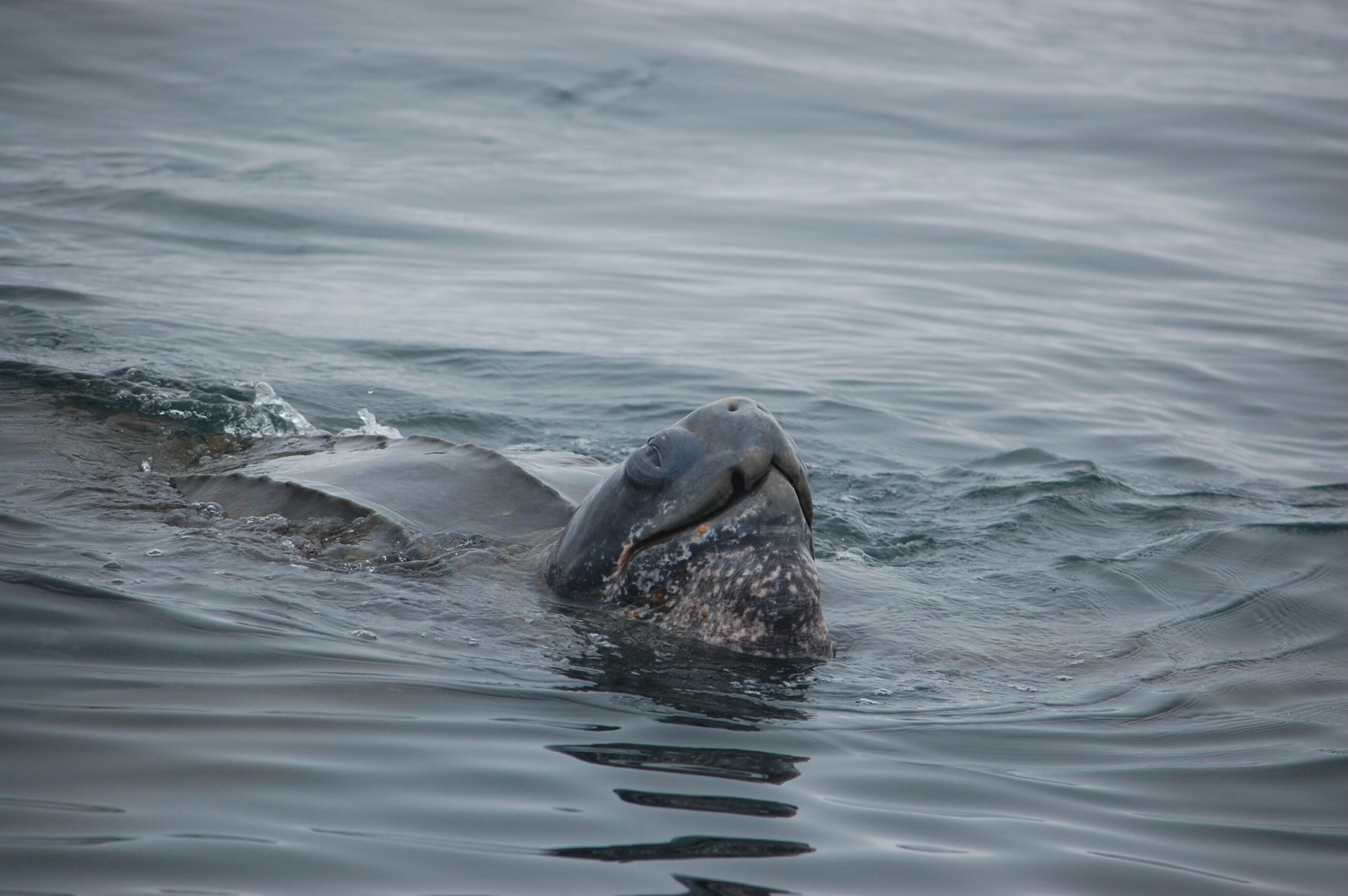For Immediate Release, August 16, 2021
| Contact: |
Catherine Kilduff, Center for Biological Diversity, (202) 780-8862, CKilduff@BiologicalDiversity.org |
California Agency Recommends Listing Leatherback Sea Turtles as Endangered
Prehistoric Reptiles Threatened by Fishing
SACRAMENTO, Calif.— The California Department of Fish and Wildlife released its recommendation today to protect leatherback sea turtles as endangered under the state’s Endangered Species Act. The status review precedes an October 2021 vote, by the California Fish and Game Commission, on whether to list the turtles.
The action came in response to a petition from the Center for Biological Diversity and Turtle Island Restoration Network.
“California’s action today is a decisive step in the recovery of critically endangered leatherback turtles, one of California’s most giant, gentle and unique marine species,” said Todd Steiner, a wildlife ecologist and executive director of Turtle Island Restoration Network. “Combined with earlier action to declare the leatherback the official marine reptile of California, we now must redouble our efforts to eliminate all threats from commercial fishing, pollution and climate change.”
Scientists estimate that leatherback sea turtles have declined in abundance off California by 5.6% annually over nearly 30 years. An estimated 50 Pacific leatherbacks now forage in California waters annually, as compared to 178 Pacific leatherbacks during the years 1990-2003. Whale-watching trips observed three leatherback sea turtles in August 2020 in Monterey Bay.
“The state’s report makes clear that entanglement in fishing gear is the biggest threat to leatherback sea turtles,” said Catherine Kilduff, an attorney at the Center for Biological Diversity. “These enormous, charismatic sea turtles are threatened in California’s waters and internationally. For millions of years, leatherbacks have travelled across the Pacific using their long flippers, which can easily catch on fishing lines. Now California has to commit to ensuring they survive by converting to ropeless pots and traps and doing research to prevent entanglement in other gear.”
Protecting leatherbacks under the California Endangered Species Act would make them a state conservation priority. Despite the lack of regular monitoring of state fisheries, leatherback sea turtles have been found tangled in commercial rock crab (2019) and Dungeness crab gear (2015, 2016).
In June 2020 the California Department of Fish and Wildlife determined that increased protections may be warranted and began the status review.
A review of leatherback sea turtle science last year concluded that West Pacific leatherbacks, one of seven distinct populations of leatherback sea turtles worldwide, face a high extinction risk. The National Marine Fisheries Service and U.S. Fish and Wildlife Service found that all seven leatherback sea turtle populations remain endangered and denied a petition by the commercial fishing industry to relax some protections.
The Center and TIRN sued the Trump administration after a fishing permit issued in 2019 exempted vessels from the federal ban on longline gear off California. Longlines stretch up to 60 miles, with thousands of baited hooks. A federal judge in Oakland ruled that the federal government had failed to adequately consider impacts on leatherbacks when it revived longline fishing, blocking the permit.
Turtle Island Restoration Network is a global nonprofit whose mission is to inspire and mobilize people around the world to protect marine biodiversity and the oceans that sustain all life on Earth.
The Center for Biological Diversity is a national, nonprofit conservation organization with more than 1.7 million members and online activists dedicated to the protection of endangered species and wild places.
###




